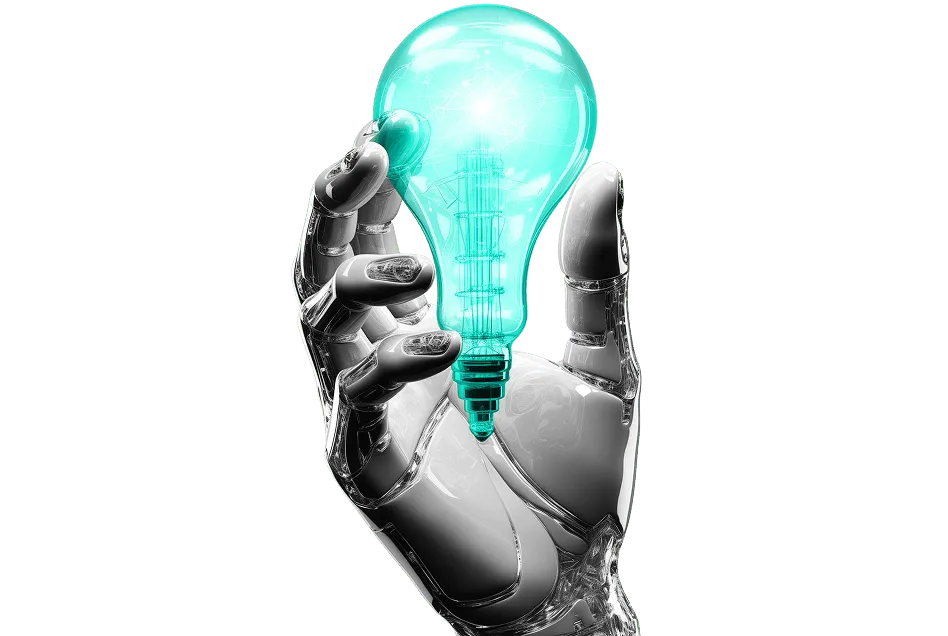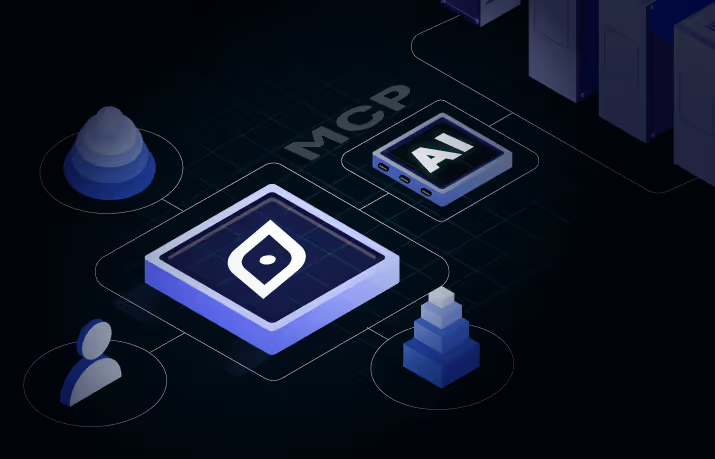How Talent Intelligence Tools Are Disrupting Traditional Workforce Planning Model
Workforce planning model involves analysis and planning for the future of your workforce, done against the current supply of human capital. It assesses talent gaps in the organization, ensuring proper talent management is in place and finding out if there are the right people in the right roles at the right time to help your company accomplish its goals.

Despite it being necessary, most workforces are not carefully planned, measured, and optimized. Many companies’ workforce planning teams are not even aware of the current and future workforce gaps limiting the execution of business strategy.
To meet business goals and thrive, workforce planning model involves a systematic, rigorous, and disciplined process combined with a grasp of business strategy, future-forward worldview, strategic, time-conscious, and thoughtful process, and importantly, a deep understanding of human capabilities and talents.
Taking Charge of Workforce Planning Model with Talent Intelligence
Managers and the HR team must play a role in workforce planning, talent acquisition, and helping their talent stay in the organization. Strategic workforce planning models must align with business needs and objectives. It needs time and knowledge to prepare a plan that looks at the future business strategy.
All this makes workforce planning tough and time-consuming for HR, who already wear many hats. The HR team must have smooth HR operations before they develop and implements a strategic workforce planning model. This means finding the time and space to move the nitty-gritty admin work of HR out of the way. This is where talent intelligence can come in the workforce planning process.
Talent intelligence gathers billions of data points on millions of professionals and thousands of organizations to identify optimal talent. It allows workforce planning teams to pull information from all different resume formats, various skillsets and job titles, educational accomplishments, and work experiences into a consistent, unbiased format and uses predictive analytics to extract meaningful insights.
Let’s see how talent intelligence data can optimize your workforce planning model. Let’s assume that a brick-and-mortar retail business is looking to add an online presence. They might want to use talent intelligence data to evaluate their ability to hire remote coders and sales representatives over the next decade. That would help them develop their strategic goals and implement a workforce planning model to support the transition from brick-and-mortar to a hybrid retail environment.
AI-Based Talent Intelligence as Part of the Workforce Planning Model
After talent intelligence gathers all the input in one place, the HR leaders can extract relevant and meaningful data and deliver systematic, unbiased, and coherent information. Post that, talent intelligence offers forecasting analytics and valuable insights.
Due to its potential and science-based approach, talent intelligence is still in the early stages of becoming an essential part of the workforce planning model and data-driven recruiting.
Talent Intelligence Helps Organizations Identify Quality Talent
Talent intelligence can enhance your workforce planning model and improve the overall recruitment process. It can optimize the procedure, streamline it, and return more accurate results. It can provide a company with migration reports, analyze source and quality of hire, labor market qualifications and gaps, and comparisons.
The HR team can identify where alumni workers end up after terminating their employment. These insights inform them how their competitors attract and maintain talents. They can find which channels are the most efficient in sourcing job applicants and how many results in actual recruitment.
Besides, they can detect skills shortages in a department or team to establish efficient strategies. It allows comparisons to identify how much other businesses pay their employees in similar roles and positions. HR can evaluate their workforce, discover what makes them happy, and what their competitors do better (or worse). Thanks to this, companies can fill skills gaps, upskill their staff, and nurture data-driven recruiting.
Technology has made it increasingly fast and easy for applicants to submit multiple applications, and is congesting ATS pipelines with unqualified applicants. Talent intelligence leverages data to connect with candidates, evaluate their fit, build a strong company culture, and support new hires while aligning with the broader workforce planning model.
Talent Intelligence Helps Organizations Build a Diverse Workforce
The number one skill recruiters must have is the ability to acquire a diverse workforce.
Despite increasing diversity, equity, and inclusion (DEI) in its talent acquisition, many organizations consider it a top priority. Talent intelligence, when integrated into your workforce planning model, can mitigate unconscious bias in several ways:
- The talent acquisition team is taken out of the easy screening stages, the most vulnerable for unconscious bias and oversight.
- All candidates are evaluated on data points and treated the same rather than perceptions, ensuring greater compliance.
Thanks to these, all job applicants get the same treatment, attention, and respect, allowing a diverse group of people, regardless of gender or ethnic persuasion, to reach the surface as high-quality candidates.
What Does AI-based Workforce Planning Accomplish?

Gone are the days where people merely worked to earn a living. Employees crave meaningful work. When employees have a purpose, it energizes people. Ultimately, employees are more likely to show up, stay in work, derive meaning from it, and deliver value through their work. They are also less likely to suffer from depression and mental health issues, especially when supported by a thoughtful workforce planning model.
AI-based talent intelligence aligns what business does and how their employees can add value to their day-to-day work. It ensures that employees grow through learning and development, aligned with a workforce planning model that gets the best out of talent to support the organization’s future goals.
Energized employees are five times more likely to say they are thriving and less likely to burn out highlighting the importance of a workforce planning model that supports well-being and engagement.
Talent intelligence platforms like Draup is a bridge between workforce planning and recruitment. Its proprietary Diversity Navigator improves your company’s diversity by geographic location, skillset, job level, etc., and looks at race, ethnicity, and gender.
Draup allows you to look at the overall employee base, then compare against peers within the industry and geography. In addition, the Hiring Opportunity Index deep dives into their skill sets and ranks them in terms of new-age skills set.










.svg)
















.svg)





.svg)





.svg)
